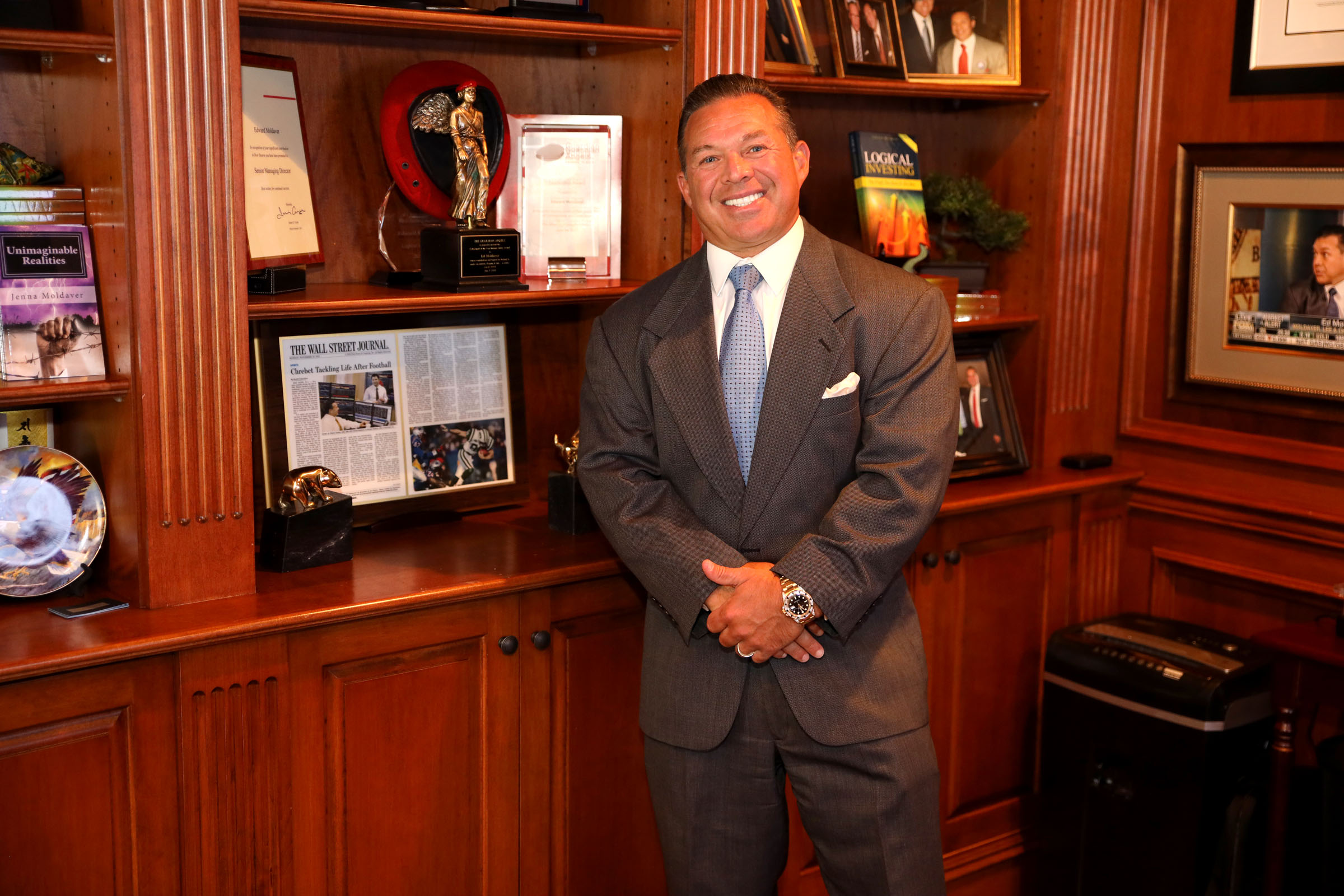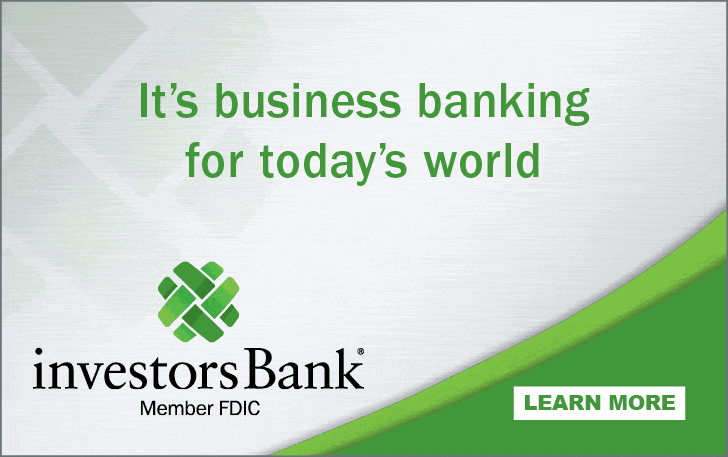OPPORTUNITY IN THE FIXED INCOME MARKET
BY ED MOLDAVER

For most of the past decade, many companies have enjoyed exceptionally low borrowing costs. For the best managed of them, profits have spiked as a result. Over the past 10 years, the S&P 500 has delivered 13.3% annualized rate of return, while the Bloomberg Aggregate Bond Index annualized at a mere 1.1%.
Things are surely changing. Here’s why. Over the past year, the Federal Reserve has taken liquidity out of the markets to tame inflation. Yields have risen and traditional big-money lenders have pulled back. Recently, treasury yields have moved dramatically; lending to the US government for five years now yields close to 4% vs. 1% a year and a half ago. The high yield spread over the 5-year treasury has widened across credit quality, standing now at about 5% vs 3% a year and a half ago. Thus, 4% treasury yields plus a 5% spread equals 9% yields vs. the 4% investors were getting in 2020.

This condition is even more pronounced in the private markets. A sweet spot lies in non-public companies with enterprise values of $2 to $3 billion seeking to borrow or refinance between $75 to $100 million. This number is usually too small for a bond issue, too big for a community bank loan, and traditional big-money banks are clamping down. That leaves the non-traditional pools of money such as private debt and credit funds. These funds will lend the money but with a higher required rate of return for the illiquid nature of the loans; they will add a few percentage points to that 9%. They will also charge origination fees, and when traditional lenders reopen the spigots with lower-cost refinancing, termination fees are likely to be added.
The fund investors participate in all of the economics. Many of these loans are senior secured by the assets of the entities, meaning that investors are first in line should a default occur. The better private credit funds produce returns in the mid-teens and do not use leverage.
With all of this in mind, investors may want to avoid buying into existing fund portfolios of such loans, choosing instead funds that will call capital as lending opportunities present themselves. Some of these funds can go into the public markets and simply buy the debt if and when there is a period of illiquidity and dislocation. The risk/reward consideration is that these companies are likely to stay in business and repay their debts, while others may produce higher profits and equity valuations that could prove short-lived.
With current and anticipated market conditions, certain investors should consider this approach.
